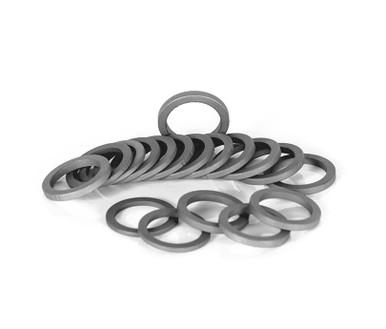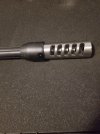I shoot nothing but suppressed, I have always seen a 3" bullet drop when I put a can on verses no can.
This group is with a 136 grn lupua scenar 43.5grn of Stable 6.5 running at 2850 fps. Everything is happy with this load, but I have been trying to work up a load with 130 grn ELD-M and have been struggling trying to get it to group. I know I can get it there but it will take some tinkering and that's what I believe you are going to have to do with your load. I haven't experienced what your dealing with and hope I never do but one thing I know for sure is that I will never shoot another rifle without a suppresser on it do to the fact that I'm 80% deaf from shooting guns as a kid without hearing protection, You know 6'3" 180lbs and invincible, so I thought.
This group is with a 136 grn lupua scenar 43.5grn of Stable 6.5 running at 2850 fps. Everything is happy with this load, but I have been trying to work up a load with 130 grn ELD-M and have been struggling trying to get it to group. I know I can get it there but it will take some tinkering and that's what I believe you are going to have to do with your load. I haven't experienced what your dealing with and hope I never do but one thing I know for sure is that I will never shoot another rifle without a suppresser on it do to the fact that I'm 80% deaf from shooting guns as a kid without hearing protection, You know 6'3" 180lbs and invincible, so I thought.

I posted this on another thread but you may try putting a tuner behind the can. I have never tried this but KSS had this pic on their ATS tuner page. I would check it with an alignment rod as you tune it just to be safe.


